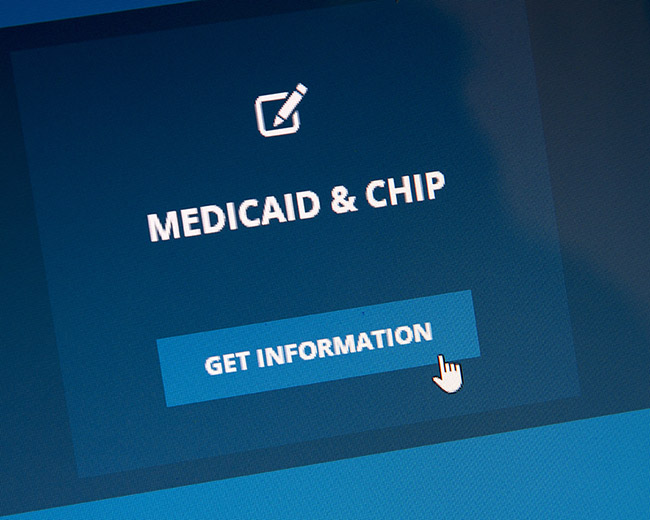Benefit Resources
What is Medicaid?
- Medicaid is a health insurance program for certain categories of low-income families and children, including pregnant women, parents of eligible children, people with disabilities and recipients of long-term nursing care. Medicaid is jointly funded by federal and state governments, and is managed and administered at the state level. In order to maintain eligibility for Medicaid, an individual or family must meet financial criteria, including having income and assets within specific program limits.
- Click here to learn more about Medicaid.
What is the difference between SSI and SSDI?
- Supplemental Security Income or SSI is a needs-based cash assistance benefit provided by the federal government to financially needy individuals and couples who are either aged, blind or disabled. SSI is determined on a month-to-month basis and is meant to provide for the basics of living, including shelter, food, and clothing.
- Social Security Disability Insurance or SSDI is funded by payroll taxes and is available to disabled recipients based on contributions made in the form of FICA Social Security taxes. In order to receive SSDI, an individual must have earned a certain number of “work credits” and be considered to be “disabled” by the Social Security Administration. Under SSDI, a disabled recipient’s spouse and child dependents may also be eligible to receive auxiliary benefits.
What is SNAP?
- SNAP stands for Supplemental Nutrition Assistance Program and it offers nutrition assistance to eligible, low-income individuals and families. To see if your household is eligible for SNAP benefits, click here.
Other Disability and Community Resources
- Disability Resources is the federal Department of Labor website for employment-related information about disability-related programs, services, policies, laws, and regulations. Other federal departments have disability resources specific to the department’s mission.

APPS THAT CAN ASSIST WITH EVERYDAY LIVING
Reminders
- Aida Reminder – Lets the user create reminders and alarms to help remember activities of daily living or specialized appointments. ($0.99, iOS)
- Pill Reminder – Easy-to-use app that helps you remember to take your medications at the right time and program for daily, weekly, monthly recurring reminders. Also can be used to track quantity of each medication and give a refill alert. (free with in app purchases, iOS)
Visual Impairment Apps
- TapTapSee – uses technology to assist visually impaired users identify items with device camera (Free, iOS and Android)
- Be My Eyes – enables video calls between an impaired user and a volunteer who can identify objects or offer directions. (Free, iOS and Android)
Mobility Issues Apps
- Ariadne GPS – helps users navigate to preset favorite spots such as restaurants, stores, doctors offices, etc. ($4.99 – in app purchases, iOS)
- Wheelmate – Gives users an overview of wheelchair-accessible restrooms and parking spaces (Free, iOS and Android)
- AXS Map – offers crowd-sourced reviews of the accessibility of restaurants, hotels, and stores, among other places. The AXS Map website has a browser version and details: axsmap.com
Communication Difficulties
- SmallTalk Aphasia – helps stroke patients and others express themselves with icons denoting phrases and emoticons. Comes in male and female voice versions. (Free, iOS male and female)
- TippyTalk – Turns selected images into text messages that convey needs or wants ($14.99 per month – 14 day free trial, iOS, Android and Kindle Fire)
- Avaz Lite – Augmentative and alternative communication app developed for children who are non-verbal or have difficulty speaking, such as those with Autism. Avaz allows users to choose picture symbols and voice synthesis to create messages and develop language skills (iOS in app purchase – $9.99 monthly subscription/$99.99 lifetime and Android Lite-India – free plus in app purchase – and Pro – $59.99)
